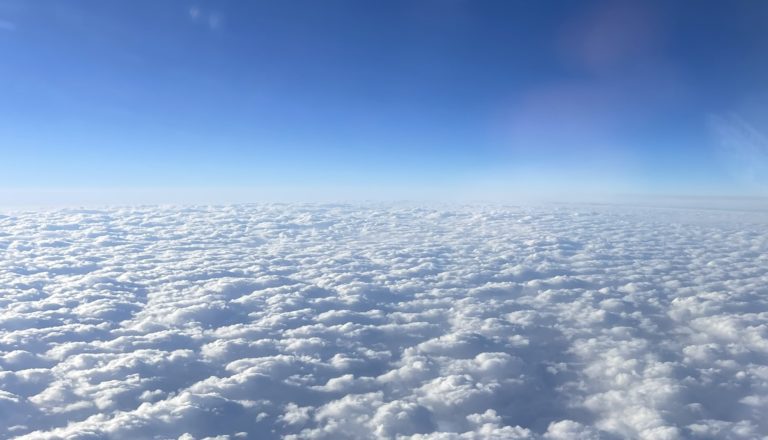Dilatancy
“Dilatancy” is the increase in the bulk volume of a soil substance during deformation. Dilatancy is caused by the change from a close-pack structure to an open-pack structure.
“Dilatancy” is the increase in the bulk volume of a soil substance during deformation. Dilatancy is caused by the change from a close-pack structure to an open-pack structure.

Dry Density (ρd) “Dry Density” (ρd) is a value that represents the density of soil when it is completely dry. To illustrate, it equates to (“bulk density” / 1) + “water content.” This is a common geotechnical engineering laboratory procedure. Dry Density Formula Dry Density = [(Bulk Density ÷ 1) + (Water Content)]

Ultramafic Definition In the study of geology, the term “ultramafic” refers to an igneous rock that comprises up to 90% mafic minerals, or more.

Consolidation “Consolidation” in geology refers to the gradual or slow reduction in the volume of a soil sample (representing a larger soil mass), and the increase in density in response to an applied increasing load, or compressive stress.

Feldspars Feldspars: In the field of geology, and the branch of mineralogy, feldspars are a mineral group, that is the most common amongst the earth’s crust. In fact, there are two types of feldspars: plagioclase feldspar and orthoclase feldspar.

Porosity (n) “Porosity” (n), in the geological engineering field, is a percentage value that represents the bulk volume of a rock or soil, that is occupied by the void space within. Porosity (n) Formula Porosity (n) = [(Volume of Voids ÷ Total Volume) x 100%]

Perforated Horizontal Pipe in Methane Mitigation Perforated Horizontal Pipe: As per the Los Angeles Department of Building and Safety (LADBS) Methane Code, Ordinance Number 175790, a perforated horizontal pipe is a PVC or ABS pipe that contains a series of small holes or narrow openings placed equidistantly along the length of the pipe, and is…